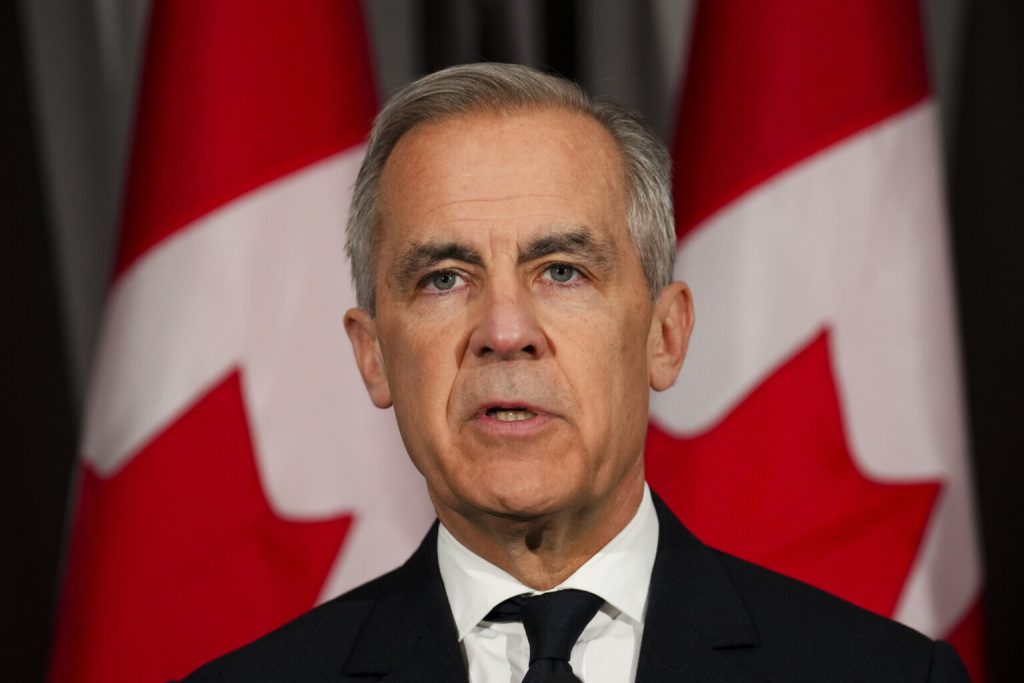Canada’s long-anticipated federal election has come and gone, leaving behind a political landscape that looks significantly different. Prime Minister Mark Carney’s Liberals have managed to hold onto a minority government, while the Conservatives gained ground, securing key seats but losing one crucial race. The NDP, however, saw a historic defeat, losing official party status and marking the end of an era. What do these results mean for Canada’s future, and what happens next? Here, we break down the election’s impact, the lessons learned, and what lies ahead.
The Political Landscape After the Election
In a surprise turn of events, Mark Carney’s Liberals are likely to continue governing, though they now rely heavily on the support of the NDP, which lost much of its strength. With a smaller and leaderless NDP, this political balance raises questions about the stability of the government. On the other hand, the Conservative Party has shown impressive growth, although they fell short of forming a majority government.
Mark Carney’s Minority Government
The election results reveal a shift in power. While the Liberals managed to hold onto a minority government, their position is far from secure. Carney’s team will need to navigate a tricky political environment, relying on the NDP to push through legislation. The small NDP caucus has significant sway, despite its diminished presence, which could lead to tension within the governing alliance.
Many political experts, such as Caroline Elliott, argue that this outcome could be a worst-case scenario for Canada, particularly considering the increasing influence of the NDP on key issues. Elliott highlights concerns over the NDP’s proposed spending programs and the party’s stance on pipelines—vital to Canada’s economic independence. These positions could complicate Canada’s relationship with the U.S., especially amid the ongoing trade disputes and international challenges.
A New Era of Two-Party Politics
This election marks a significant shift toward a two-party system in Canada, at least in English-speaking regions. The Liberals’ strategy of absorbing a portion of traditional NDP support has broadened their coalition, but this could create internal tensions, particularly over issues like energy policy and international relations. The Conservatives, gaining support from younger voters, now face a new challenge: how to grow their base and compete directly with the Liberals without relying on vote splits caused by the NDP.
Sean Speer, editor-at-large for The Hub, points out that the Conservative Party’s task is to find ways to increase its voter ceiling. If they shift too far to the center, they risk alienating their right-wing base. The future of Canadian politics may depend on which party can adapt to this new two-party reality and secure the trust of a broader electorate.
Fear and Division: The Underlying Themes
Anthony Koch, managing principal of AK Strategies, argues that fear played a key role in shaping the election outcome. Despite the Conservative Party’s strongest performance in decades, it was the fear of instability under Donald Trump that drove many voters back to the Liberals. Koch claims that while Pierre Poilievre’s campaign was focused on Canadian issues, it was the perception of global chaos that ultimately led voters to support the Liberals, even if they were not entirely satisfied with the status quo.
This dynamic highlights a recurring theme in Canadian politics: the influence of external factors, particularly in times of global uncertainty. Koch believes that while the Conservative Party’s growth is a positive sign, it will take time for the party to recover fully and break through the current political divide.
The Importance of the 905 Region
John Ibbitson, a seasoned journalist and author, emphasizes the crucial role played by the 905 region, which encompasses suburban areas surrounding Toronto. Historically, these ridings have been pivotal in determining the outcome of federal elections. This time, while the Liberals secured many of these seats, some ridings shifted to the Conservatives, signaling a more divided political landscape. If these suburban areas had remained solidly Liberal, Carney might have enjoyed a majority government. However, the results point to a more fractured political environment, where minority government deals with the Bloc Québécois or the NDP may become necessary for stability.
The NDP’s Collapse and Its Future
The NDP suffered a historic defeat in this election, losing its official party status and facing a leadership vacuum following Jagmeet Singh’s loss of his own seat. The party now faces a critical crossroads. Chris Ball, vice president at Counsel Public Affairs, argues that the NDP must decide whether to continue as a voice of conscience on the political fringes or rebuild as a serious political force capable of competing for power. The loss of official party status will make it harder for the NDP to influence key policies in an increasingly polarized Parliament.
With no formal status, the NDP risks fading further into irrelevance if it cannot redefine itself as a viable alternative. Ball stresses that for the NDP to remain relevant, it must evolve into a party that competes for government, rather than a marginal force in Canadian politics.
Mark Carney’s Leadership and What’s Next
As the newly appointed Prime Minister, Mark Carney now faces a host of challenges, from managing Canada’s economy to dealing with deep political divisions. His leadership will be tested in the coming months, as Canadians expect clarity and competence after years of political dysfunction under Justin Trudeau. Sharan Kaur, a former senior staffer to Bill Morneau, believes Carney’s victory signals a return to stability and competence in Canadian politics.
Carney must balance the expectations placed on him with the practical realities of governing in a minority parliament. Canadians are looking for a leader who can bridge political divides and restore trust in the political system. However, Carney’s position remains precarious, as he navigates relationships with the NDP and other political factions to maintain power.
Source : daljoog news


